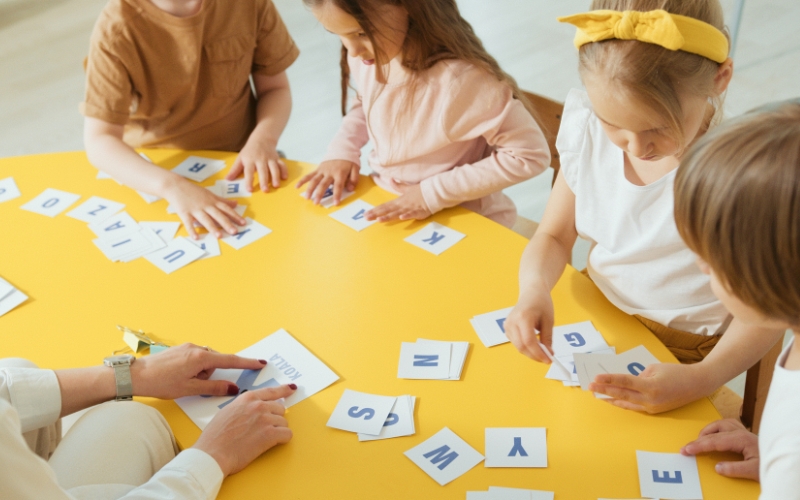Arts education, encompassing visual arts, music, dance, and theater, plays a vital role in the holistic development of students. While traditional subjects like math, science, and language arts often dominate the curriculum, integrating arts into education provides a myriad of benefits that enhance cognitive, social, and emotional growth. Here’s an exploration of how arts education positively impacts student development.
1. Enhancing Cognitive Abilities
a. Improved Academic Performance
Studies have shown that students engaged in arts education tend to perform better academically. The skills developed through arts activities, such as critical thinking, problem-solving, and creativity, translate into improved performance in subjects like math, reading, and science.
b. Strengthening Memory and Concentration
Learning an instrument, practicing a dance routine, or memorizing lines for a play enhances memory and concentration. These activities require focus, discipline, and the ability to recall complex patterns and sequences.
c. Fostering Creativity and Innovation
Arts education encourages students to think outside the box, experiment with new ideas, and express themselves uniquely. This creative mindset is crucial for innovation and can be applied across various fields and disciplines.
2. Social and Emotional Development
a. Building Confidence and Self-Esteem
Participating in the arts helps students build confidence as they master new skills, perform in front of others, and receive constructive feedback. This sense of accomplishment boosts self-esteem and encourages a positive self-image.
b. Enhancing Communication Skills
Arts education involves expressing ideas and emotions through different mediums, whether it’s painting, playing an instrument, or acting. This enhances students’ ability to communicate effectively and understand non-verbal cues.
c. Promoting Collaboration and Teamwork
Many arts activities, such as playing in a band, performing in a theater production, or participating in a dance troupe, require teamwork and collaboration. Students learn to work together, respect different perspectives, and support one another to achieve a common goal.
d. Developing Emotional Intelligence
Engaging in the arts allows students to explore and express their emotions, leading to greater emotional intelligence. They learn to empathize with others, understand diverse perspectives, and develop a deeper awareness of their own feelings.
3. Cultural Awareness and Appreciation
a. Exposure to Diverse Cultures
Arts education exposes students to various cultures and traditions, fostering an appreciation for diversity. Through music, dance, visual arts, and theater, students learn about different cultural expressions and histories.
b. Encouraging Open-Mindedness
Experiencing and creating art encourages students to be open-minded and receptive to new ideas. This openness can lead to greater cultural sensitivity and a more inclusive worldview.
4. Practical Life Skills
a. Time Management and Discipline
Practicing an art form requires dedication, regular practice, and time management. Students learn to balance their artistic pursuits with academic responsibilities, developing discipline and organizational skills.
b. Resilience and Perseverance
The process of creating art often involves trial and error, mistakes, and learning from failure. This teaches students resilience and perseverance, as they understand that effort and persistence are key to improvement and success.
c. Critical Thinking and Problem-Solving
Artistic creation involves making choices, evaluating outcomes, and solving problems. Whether it’s figuring out how to convey an emotion through a painting or finding the best way to deliver a line in a play, students develop critical thinking skills that are applicable in many areas of life.
5. Long-Term Benefits
a. Lifelong Appreciation for the Arts
Exposure to arts education fosters a lifelong appreciation for the arts. Students who engage in artistic activities are more likely to continue enjoying and supporting the arts as adults, contributing to a culturally rich society.
b. Career Opportunities
Arts education opens up a wide range of career opportunities. Whether students pursue professional careers in the arts or use their creative skills in other fields, the abilities developed through arts education are highly valued in the modern workforce.
Conclusion
Arts education is a crucial component of student development, offering significant cognitive, social, and emotional benefits. By fostering creativity, enhancing academic performance, building confidence, and promoting cultural awareness, arts education equips students with essential skills for success in school and beyond. Integrating arts into the curriculum not only enriches students’ educational experiences but also prepares them to be well-rounded, empathetic, and innovative individuals in an ever-evolving world.


Be First to Comment